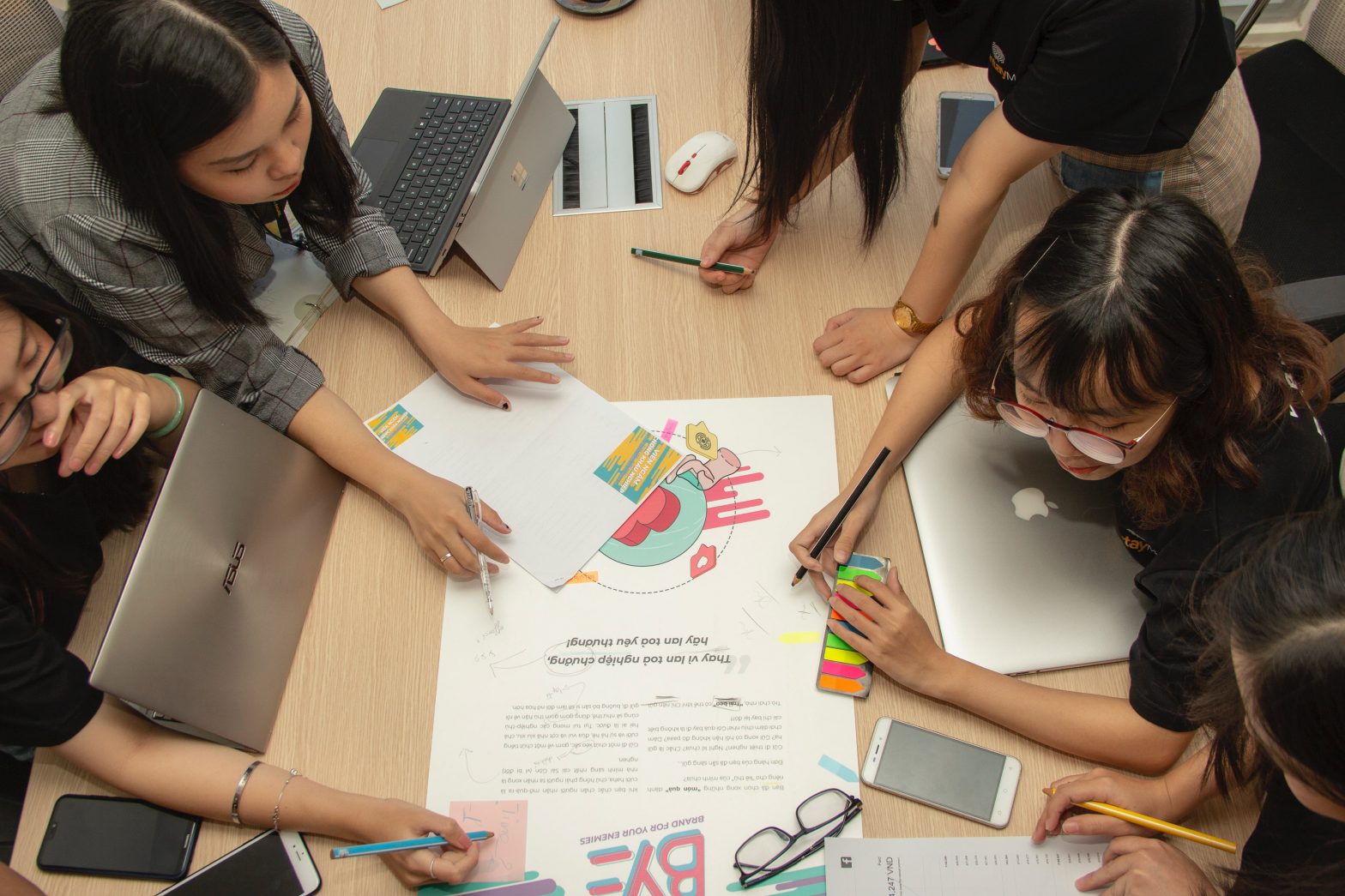
Inclusive Language: Writing for Gender and Identity Diversity
4,776
Language has immense power to include or exclude. The words we use convey respect and dignity – or the opposite. The inclusive language aims to avoid marginalizing groups of people based on gender, race, disability, sexual orientation, and other aspects of identity. Inclusive language is not only a reflection of respect for gender and identity diversity, but also a commitment to effective communication; by collaborating with professional college paper writers, one can navigate this nuanced terrain with finesse and thoughtfulness.
Why Inclusive Language Matters
Exclusionary language reinforces harmful stereotypes and contributes to prejudice. It sends subtle (or not-so-subtle) messages about who belongs in a community and who doesn’t. Inclusive language helps create a welcoming environment for people of all backgrounds. It shows respect for the dignity and humanity of each individual.
In addition, using biased language has real-world consequences. It impacts people’s opportunities, health, legal rights, and more. Language guides our thinking and often our actions. Inclusive language is an integral part of creating a just society.
Guidelines for Gender-Inclusive Writing
Here are some guidelines for inclusively writing about gender:
- Avoid making assumptions about a person’s gender based on their name or appearance. Use gender-neutral language initially until you know someone’s gender identity.
- When talking about groups of people, use gender-neutral plural nouns like “people,” “folks,” and “humans” instead of “men” or “guys.” For example, “Good morning folks” instead of “Good morning guys.”
- Use the singular “they/them/their” as a gender-neutral pronoun. For example, “Each student should bring their backpack to school.”
- Avoid gendered terms that reinforce binary roles, like policeman/policewoman. Instead, you can say police officer, flight attendant instead of stewardess, chairperson instead of chairman.
- Be mindful of terms that reflect negative gender stereotypes, like aggressive for men and emotional for women.
- Speak about people’s partners or spouses rather than assuming they have a husband or wife.
- Focus on inclusive traits rather than gendered ones. For example, say “people who menstruate” rather than “women” when discussing menstrual health.
Inclusive Writing for Trans and Non-Binary People
Here are some tips for respectfully including transgender and non-binary individuals in your writing:
- Use the names and pronouns that people indicate for themselves. Don’t assume or guess someone’s gender identity.
- Avoid equating gender with genitalia or reproductive organs. Genitals do not indicate gender.
- Refrain from the phrases “born a man” or “born a woman.” No one is born a man or woman; we are assigned a sex at birth.
- Do not refer to someone as “previously known as [old name].” This misgenders them. Simply use their current name.
- Be cautious about disclosure. Do not reveal someone is trans unless they have explicitly allowed it.
- Avoid unnecessary references to a trans person’s gender history. For example, do not say, “John, who was previously Julie, went to the store.” John went to the store — his gender history is irrelevant.
Language Around Sexual Orientation
Be thoughtful about how you describe people’s sexual orientations. Here are some pointers:
- Let people self-identify their orientation. Do not label people unless they use those terms themselves.
- Avoid antiquated terms like homosexual or sexual preference. Preferred times are gay, lesbian, bisexual, pansexual, etc.
- Do not assume someone’s sexuality based on their appearance or relationships. Do not “out” people without their permission.
- Use inclusive terms like partner or spouse rather than gendered ones like husband or wife.
- Focus on relationships and behaviors rather than identity. For example, “they are in a relationship with a woman” rather than “they are gay.”
- Avoid language that implies heterosexuality as the norm, like “admitted homosexual” or “alternative lifestyle.”
Inclusive language requires thoughtfulness and care. It may feel awkward at first. But the benefits of creating a welcoming, just community are immense. With practice, inclusive language can become second nature. Our words have power. Let’s wield them to lift each other.











